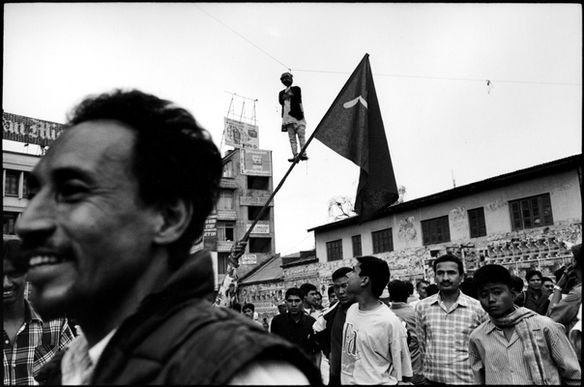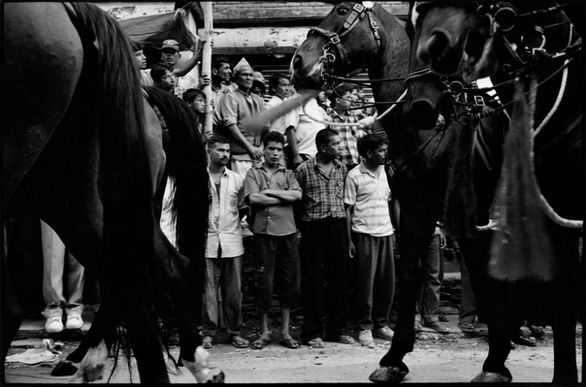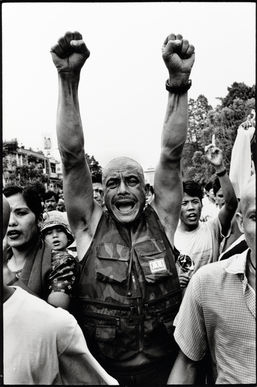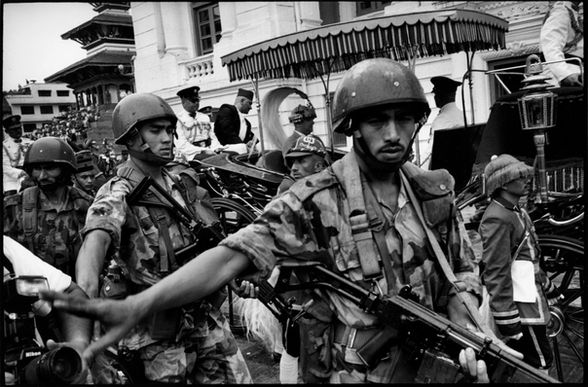

NEPAL -2001-2024
It was my search for the elusive Maoist guerrillas which first brought me to Nepal in 2001. Weeks after landing in Kathmandu I received a phone call asking me to be at my hotel in half an hour's time. On returning to Durba square, I found a small boy waiting, all of 12 years perhaps. He spoke no English but bade me go with him. Bus-tickets in hand we headed west, alighting twenty-seven hours later in Surkhet Town, where, after showing me to a hotel, he simply turned and walked off. The following morning, a Maoist cadre arrived. With few words and my gear slung, we walked down the main street under inquisitive eyes until buildings gave way to sloping contours and the hills swallowed us. After a night's rest in a hill-station, we continued our mountain walk, turning a hairpin bend after some hours to be greeted by a dozen Maoist guerrillas, garlands and red tikka, rifles held high to create a tunnel through which we walked. From the roof of a dilapidated building I addressed my new comrades as was their wont, before marching together for Dailekh village. A week or so later, my first morning back in Kathmandu, chaotic scenes awoke me. Outside my window, unruly crowds mobbed newspaper vendors. I rushed down and, after a brief and futile attempt to queue as my English upbringing demanded, I too, fought hand and fist for a newspaper. "What does it say?" I asked my hotel manager. "It appears," he said, "that the Royal Family has been massacred." The mediaeval scenes I was privileged to have witnessed in the days that followed imbued me with a deep-rooted sense of responsibility to the peoples of Nepal. I determined that I would return whenever I could to document their unfolding struggle.
























